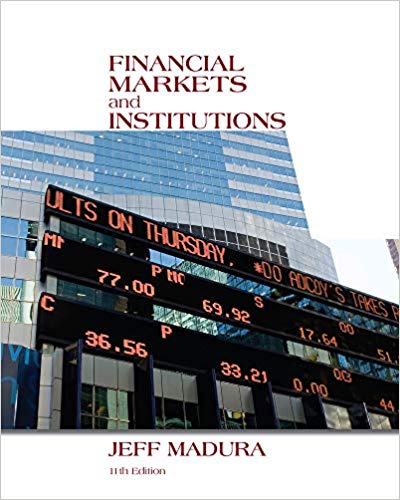Question
1) A person with logarithmic utility, literally U(c)=ln(c), and time discount (delta)=1.0, chooses to consume 5 units today. An asset that pays 30 in the
1) A person with logarithmic utility, literally U(c)=ln(c), and time discount (delta)=1.0, chooses to consume 5 units today.
An asset that pays 30 in the up state and 20 in the down state sells for 22. The risk free rate of interest is 10%.
In the up state the person plans to consume 7. What are the objective probabilities (actual probabilities) of the up and down state occurring. Also, what is planned consumption in the down state.
2) How does the risk neutral probability adjust the objective probability (Specifically, can you explain how it weights payoffs in states in which consumption is low more than those in which it is high)?
3) In terms of the parameters of the one period two state state-preference model derive a formula for the risk premium.
4) If two groups of people with equal information cannot agree on the price of an asset under what conditions does this potentially lead to market inefficiency?
Step by Step Solution
There are 3 Steps involved in it
Step: 1

Get Instant Access to Expert-Tailored Solutions
See step-by-step solutions with expert insights and AI powered tools for academic success
Step: 2

Step: 3

Ace Your Homework with AI
Get the answers you need in no time with our AI-driven, step-by-step assistance
Get Started


